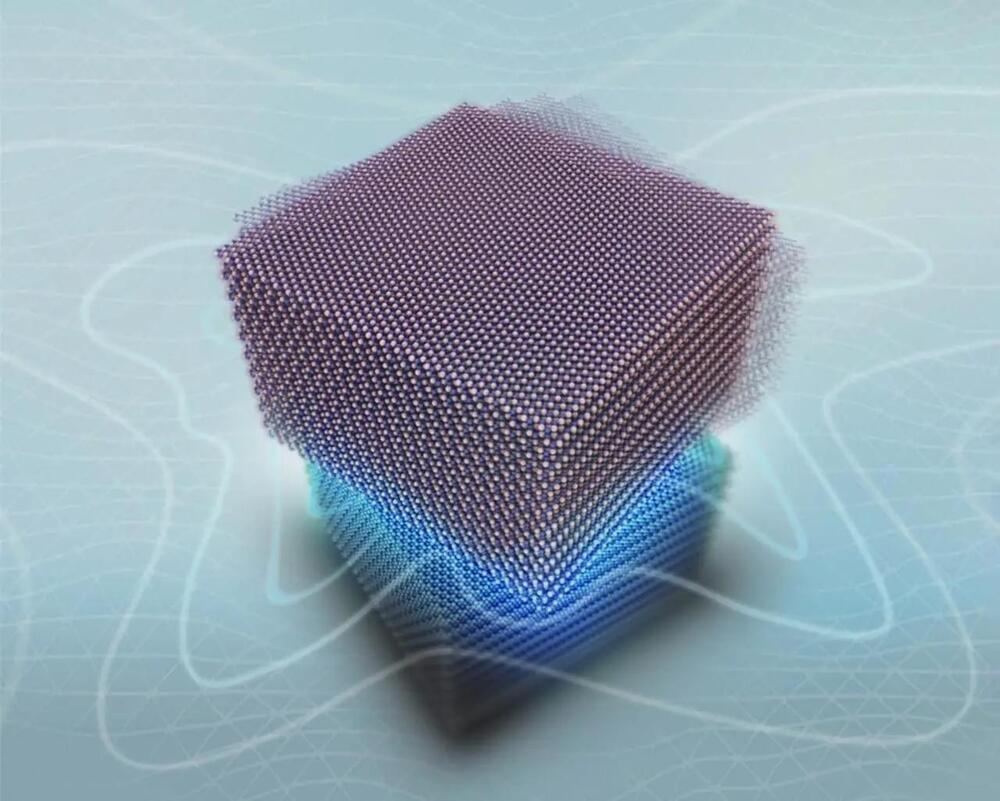Author Jane Friedman was furious after discovering roughly a dozen books being sold on Amazon — with her name on them.
Fortunately, the seemingly AI-written books listed under her name ended up being taken down after she posted about the situation on Twitter and her own blog.
In an interview with The Guardian, Friedman recounted how the viral debacle began. A reader contacted her about the phony titles that mimicked her real work, which is ironically designed to help new authors navigate the publishing industry with titles like “The Business of Being a Writer” and “Publishing 101.”







